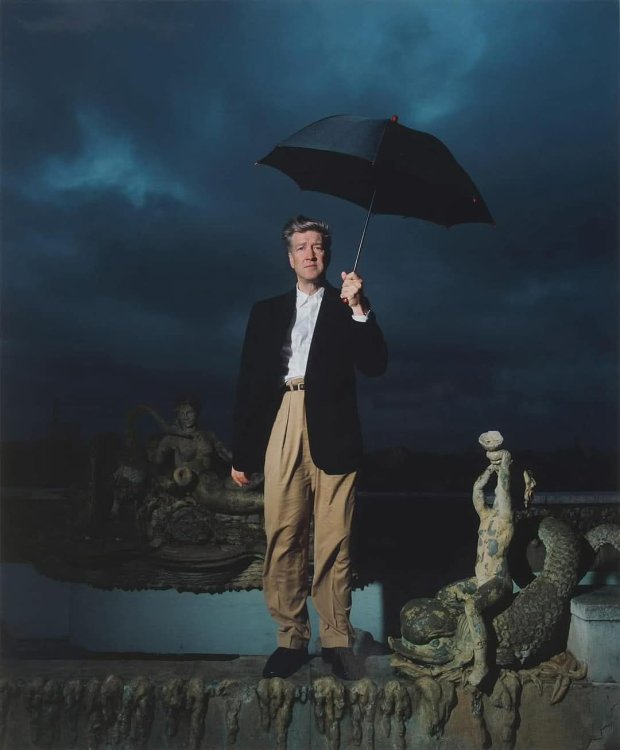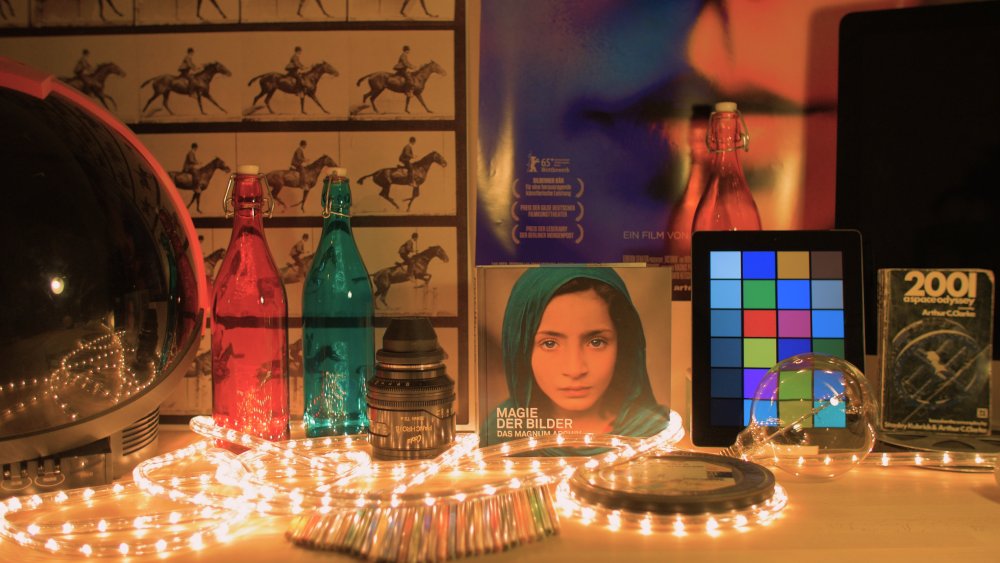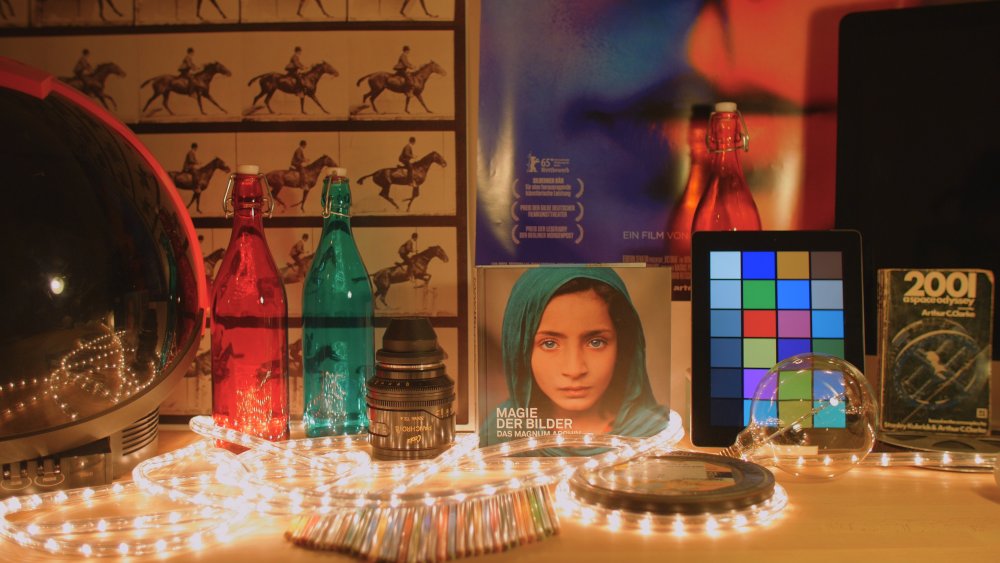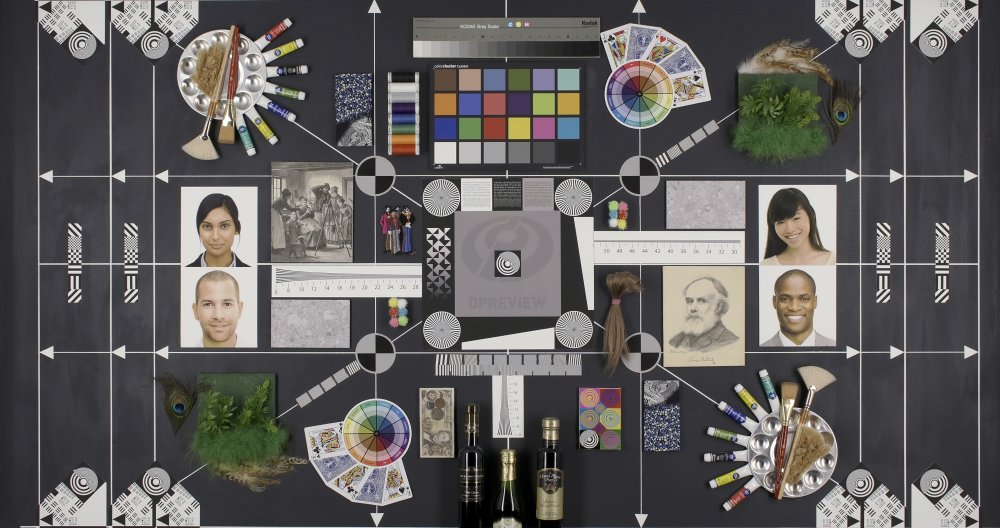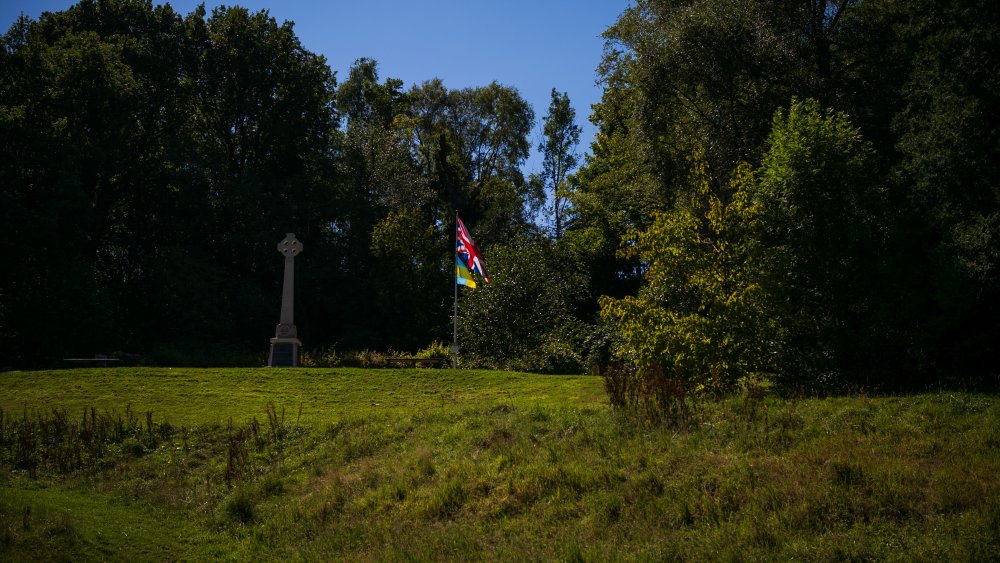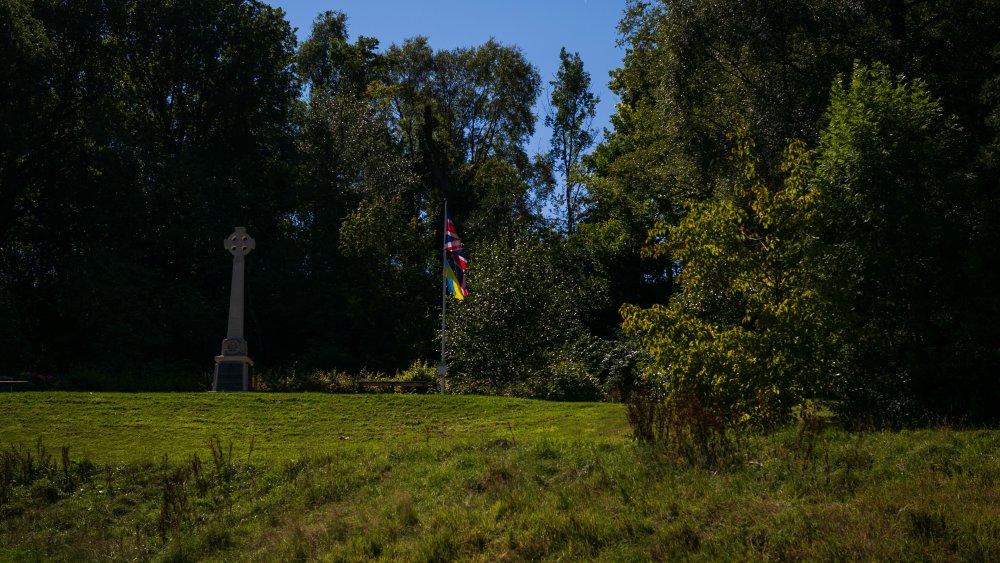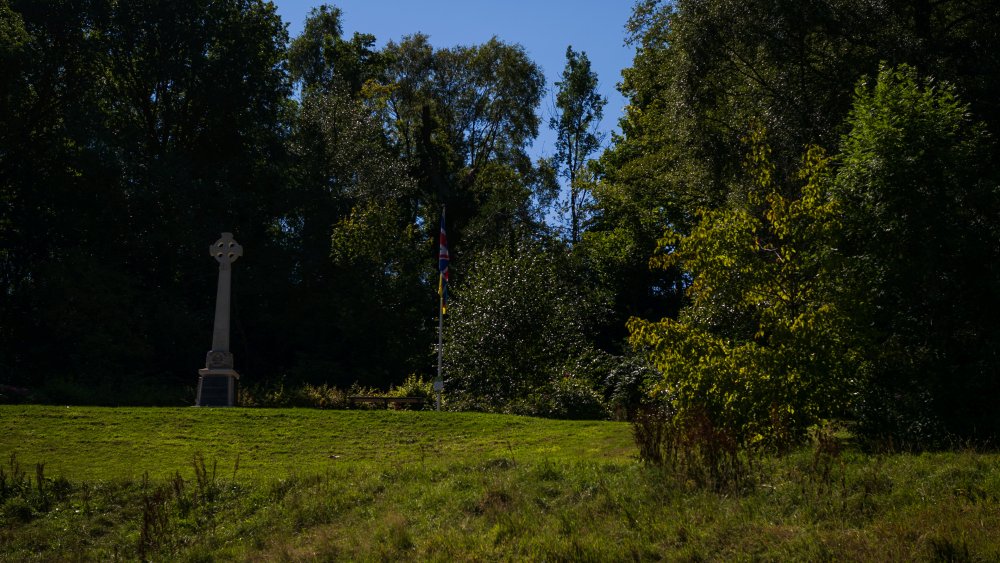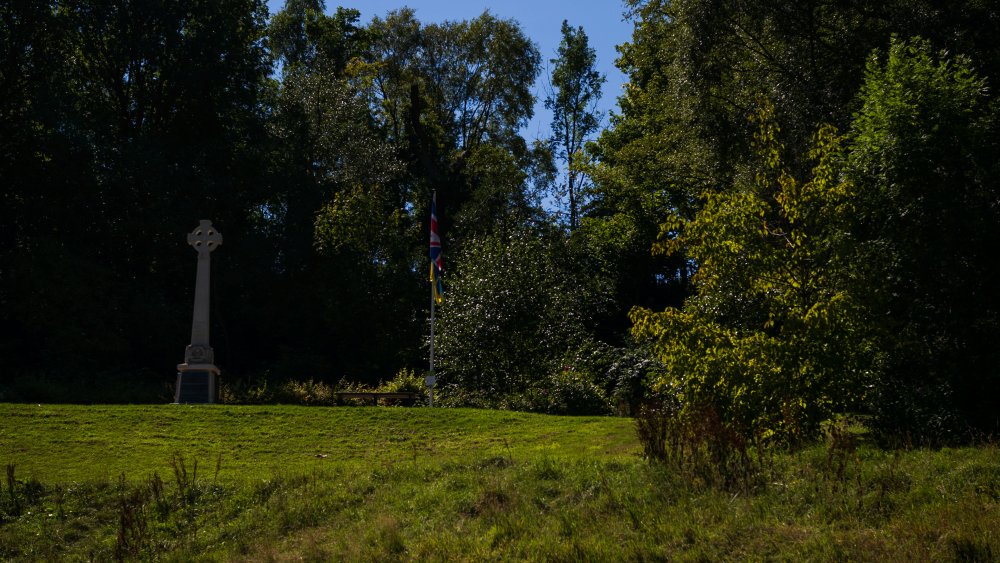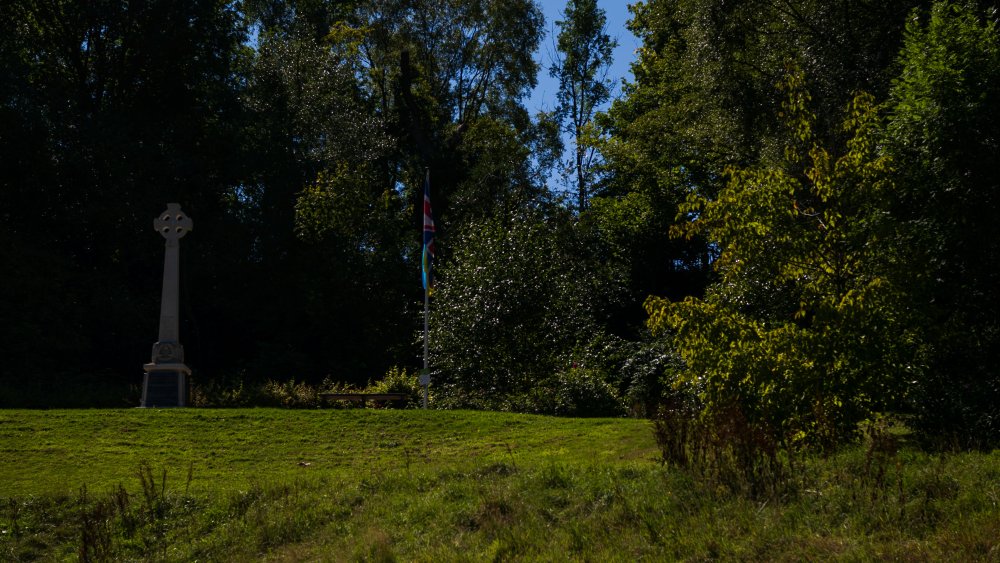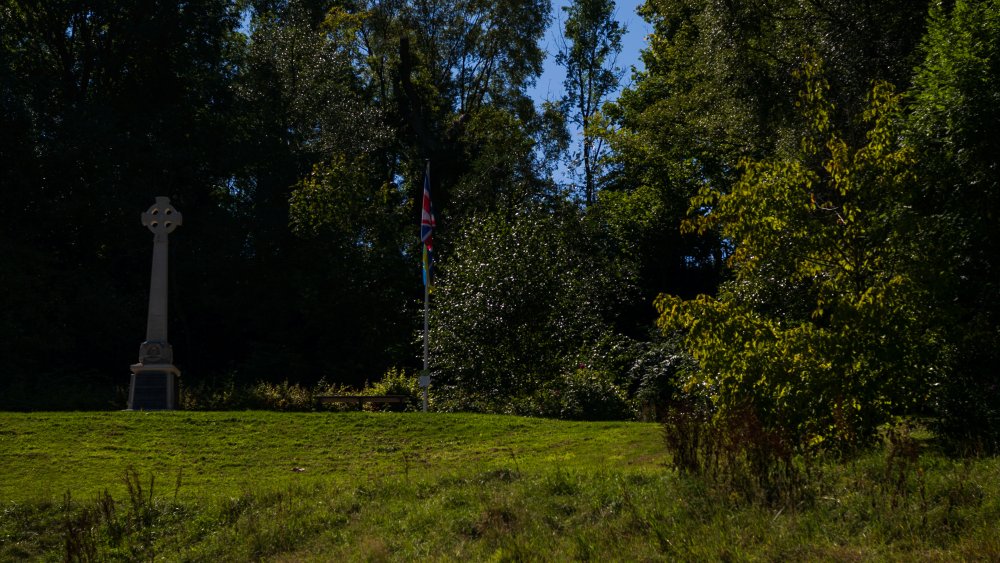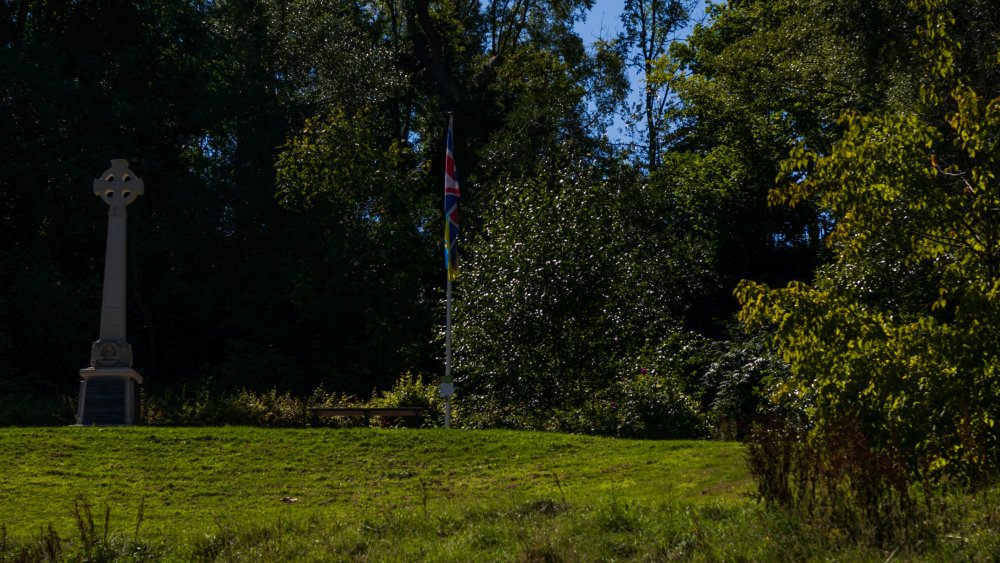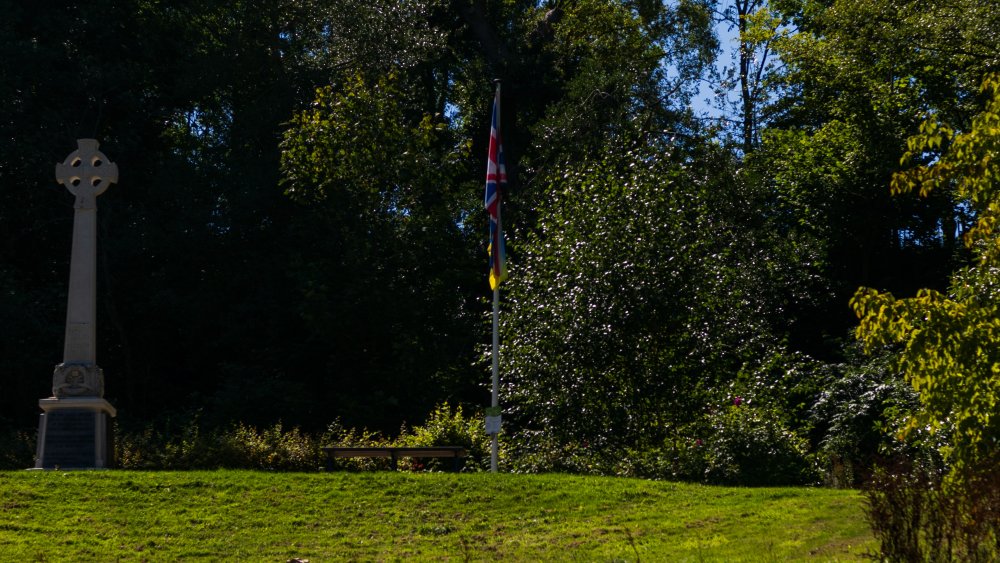-
Posts
15,510 -
Joined
-
Last visited
Content Type
Profiles
Forums
Articles
Everything posted by Andrew Reid
-
The A/V companies have already recently been restructured which is partly why the pro-AV releases are so low key, and there's no cinema camera line-up any more - this part of the business was essentially nuked and anything remaining merged into the consumer side. At least as I understand it, Panasonic will continue in consumer cameras... for now... but the professional side of things is ending. And the consumer cameras will be a very low priority compared to the higher-margin parts of the business like batteries and whatever the fuck they think AI is useful for. In the report the exec. uttered a very taboo word in the corporate world, which was "sentimental"... Shareholders don't get rich from sentimentality and culturally important products like TVs, cameras or hifi. They want the big growth areas and bubbles to rise up and take over, and for anything else to fade away including LUMIX. The top Japanese execs at Panasonic attach a high sentimental value to their top consumer products of the past like TVs and cameras. They want to continue. They are one activist shareholder away from being forced to back down on that and then we will see the end of LUMIX altogether.
-
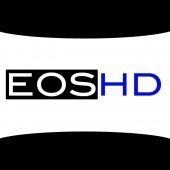
Increasing interest in compacts, something is strange
Andrew Reid replied to Andrew Reid's topic in Cameras
-
All this AI stuff is going to be open source. Why is the US investing so much into closed source? It's a huge bubble and will burst. On the chipmaking side, I think China will have the capability to make their own. It won't be the Nvidia monopoly the stockmarket bros think it will be.
-

Increasing interest in compacts, something is strange
Andrew Reid replied to Andrew Reid's topic in Cameras
Yeah and although you can mimic the same look with a CCD camera app and the flash on your smartphone, Gen Z does not want to "fake" it, they want the authenticity aspect. It's more fun that way, and I agree with em! -
Interesting fact for you... Sony RX100 VII is now 6 years old. https://www.digitalcameraworld.com/cameras/compact-cameras/the-sony-rx100-vii-is-now-more-than-five-years-old-but-is-sony-even-planning-to-upgrade-the-beloved-compact I remember when Sony updated this popular model every year. They were throwing everything at it... pop-up EVFs, stacked sensors, 960fps slow-motion. Fuji had a high-end compact, the X10, X20 and X30... Very ripe for an update, we may see one this year in fact. And the Canon G7X has seen a revival in popularity like the Fuji X100. In fact the G7X Mark II now commands close to $1000 on eBay. However something is strange... Smartphone cameras have never been better... Especially in terms of sensor size and zoom capabilities. Although a lot of the options outside of the duopoly (Apple and Samsung) reserve their Ultra models with best cameras only for the Chinese market. And the retro-CCD cameras are also doing well (check the Canon Powershot G10 prices!), so it can't really all be about the appeal of a larger 1" sensor, or fancy features like 960fps and RAW. So right now the camera product planners at Canon, Fuji and Sony must be quite confused. Do they come out with a high-spec or affordable compact line, or not bother at all? I think what is happening, is that: A) Social media has reminded a very large audience that compact cameras are FUN B) What you can get up to with one, the shoots - the simplicity - it all looks cool on social media which further draws people in C) There's a lot of affordable compacts D) The top premium compacts with exception of X100 series have not had updates for AGES so the previous models are still in demand So if I were a Canon or Fuji manager... I'd be tempted to make a right mess of things and do a 'FUN' camera. When what actually people want is a very capable small camera with serious photography pedigree, that produces pure art with cutting edge specs. It is time for Sony to revive the RX1 series with 60mp A7R V sensor, and do the best RX100 ever with retro style body like a smaller X100 VI. It is time for Canon to bring the G7X up to date with latest stacked sensor tech. And Fuji should make a smaller X100, plus one with a zoom lens but similar form factor. And they will fly off the shelves. But I bet they won't get it, or understand this new "accidental" market 🙂
-
-
Potato AI.
-
Maybe the Leica SL line hasn't sold very well they were non-committal to it hence the old sensors. I agree any higher-end Panasonic from now on has to be at least as good as a Z6 III, and that is being generous as the Nikon doesn't cost $3.5k
-
All confirms what I have been saying about Panasonic soft-quit of high-end camera market! Leica are charging $5300 for essentially same sensor as a 2018 Sony a7 iii (the 'basic model' at the time, and 7 years old now). Panasonic have been unwilling or unable to find a replacement better spec / faster 24 megapixel sensor in all of those 7 years since the original S1 which again has the same fundamental sensor as the a7 iii, with phase-detect AF turned off via licensing agreement. The SL3-S is another me-too full frame mirrorless camera which cannot stand apart from the competition in any meaningful way. If Panasonic could design a proper camera body, they'd do an SL3-S with lighter materials and a bit smaller, like Sony do, but for half the price. Then it would be fine. As it is, whole thing is a mess and I don't think it's going to sell. Also on the SL3, the 60mp Sigma Fp-L and Sony a7 IV sensor is from a similar era, 2018-19. So unless Panasonic is reserving the latest sensor technology for their cameras and Leica in the region of $5-7k gets the old shit, which doesn't seem to make much sense, I don't think we'll be seeing any high-end cameras from Panasonic this year or potentially ever.
-
I use the word in jest of course but there is some truth to it Why is a camera as powerful and obviously NOT obsolete as GFX 100 worth only 2k? It is the largest and highest resolution sensor on the market in a 'normal' mirrorless camera, and the best built body with best EVF, and so on... a true $10k professional photographic masterpiece. Whereas the X100 VI is a very cool pocket camera, I don't understand why the image quality of the GFX 100 is worth $0 premium over it... Alas, I will never understand the average photog.
-
This is a bit like how SLR Magic started off isn't it? I agree it would be a very nice thing... would they sell? Hard to say. C-mount seems to have been a bit like the vintage anamorphic bubble... The early adopters and adventurous production houses gobbled them all up, created a price bubble, but then abandoned beauty for practicality and easily replaced professional Chinese cine lenses. It would be great if Pentax could get their act together and do a Pentax Q size body with a GH7 sensor in it. And market two versions... one for photographers, and one in a slightly different but also very tiny form factor as a Digital Bolex type cinema camera for pros...
-
The GFX100 devaluation is hard to understand. This was a $10k camera, and although nearly 5 years old, nobody seems to want one. Hence the crazy low prices. They all want the crappy GFX100S which feels cheapo, with a much worse viewfinder and build quality. Something I will never understand about the used market is how a GFX 100 can be worth X100 VI prices and that something as ordinary and humdrum as a Canon Powershot G7X from 10 years ago can be in such demand that it regularly goes for over $800. You have to say the average customer is a bit of an idiot. Good for us though, with all these bargain 100 megapixel 4K cameras!
-
The SL3-S spec will be interesting because it will show us if Panasonic has been able to get a new sensor supply in their current drought. The Panasonic SL3 has the old Sony 60mp chip, which is slow and has a lot of rolling shutter. It doesn't have the latest stacked sensors of the Canon,Nikon,Sony flagships. Will the SL3-S reuse the same old a7 III / Z6 II / Nikon Zf / S1H / S5 II sensor (with phase-detect enabled)? Or will it finally go beyond to at least a partially stacked chip aka Z6 III? Or will it be something completely different like a Panasonic Organic MOS chip?
-
Leica have to pretend that their cameras are Leica, not Lumix rebadges.
-
Oh yes I forgot he was complicit as well in hyping it.
-
Who remembers when DPReview platformed his "camera" https://www.dpreview.com/news/2936447826/cinemartin-launches-fran-cameras-with-8k-global-shutter-and-raw-support Not a shred of journalism to find out about the guy before they encouraged us all to hand over our cash.
-
He wants a crash to happen to benefit his rich pals. He won't think twice about upending the economy on a global scale. Get your nice smartphones now before the next round of inflation hits!
-
A quick present-day update... Here is the Sony a9 which doesn't have S-LOG, which was originally a decision to protect the A7s line. It does however shoot very good oversampled thick 4K H.264 100Bit files that are some of the best I've ever seen even given the relatively high compression by today's standard. In the graded version all the colour casts are gone. A lot more shadow detail. I'm really happy with it and starting to think missing S-LOG isn't such a bad thing.
-
Ages ago I made some LUTs for the standard rec.709 pic profile on my Panasonic GH4 and LX100 which did lovely 4K, alas this was before V-LOG came out. The LUTs were correcting the standard dynamic range files to make them appear more Canon-like in terms of colour science (Panasonic and even Sony have come a long way since). Digging out these comparison shots... If you view these full size and download the originals, take a look at the book cover in particular. Just shows how even a small change in contrast can dramatically improve tonality in the mids and skintones. This is why I think there should be more SDR LUTs for standard pic profiles. It's amazing what difference they can make and how much you can do with an SDR 8bit 4K file.
-
Great info @ac6000cw As you can see from the DPReview OM-LOG400 test chart Olympus went for Bart Simpson 701 Space... Big yellow-green shift in the reds and skintones. So any LUT which addresses this before adding further grading would be a nice find.
-
1.0x crop full frame 4K Cinema DNG frame: 1.3x crop (oversampled from 7K to 4K) Further crop-mode 4K frames all the way to 2.5x crop: Still a native 4K resolution RAW video file at the end... As you can see there is a slight bump in detail between 1.0x full frame and 1.3x crop mode when the oversampling kicks in but given the pixel binned full frame, it ain't bad is it? And this is why the Fp-L beats the OG Fp for me... that juicy 60 megapixel sensor.
-

Accurate Color From Color Negative Film Tutorial - No Plugins
Andrew Reid replied to Alchemy Color's topic in Cameras
Welcome to the forum sir! -
I think the usual gear rationale applies more to the Sony, Canon, Panasonic stuff. The Sigma Fp-L stands apart as a different thing. Cinema DNG is proper raw and has been removed from Blackmagic's line, and is a non-manufacturer addition on the Canon DSLRs which leads to some usability issues shall we say. Not for one moment a criticism of Magic Lantern RAW, but the Fp-L does Cinema DNG officially, reliably, in 4K and without the flappy mirror. Had the Fp-L tried to be a Sony replacement for work, of course it would fail. It lacks the best in class autofocus, IBIS, mech shutter, the screen is fixed and the EVF is a clunky add-on. But in my opinion it ain't trying, it's an art-cam. S9 is undoubtedly a bit more convenient - flippy screen and IBIS, but it doesn't have the resolution, proper internal RAW or 60 megapixel sensor that the Fp-L gives us. I remember shooting with the Digital Bolex and preferred to move it handheld because of the motion cadence, global shutter, something about the CCD, it looked great without any stabilisation. It is similar with the Fp-L as long as you dial in the 180 deg shutter. Overall I preferred that Bolex handheld look to a smooth modern H265 codec with IBIS handheld. I haven't quite decided what factor the global shutter played in that, but there was something so cinematic about it that you didn't need the usual IBIS / AF crutches with it... Very strange, and hard to describe why. The aim is to do the same with the Fp-L... Super 16mm with a pistol grip and no stabilisation. Add some halation in post with Film Convert and you basically have a film camera that uses SD cards. I also realised something else with the Fp-L, I don't really like LOG. I don't like shooting it with a crappy gamma assist and don't like grading it much. With Cinema DNG the grading is much more enjoyable, it pops from the offset and saves you hours of fiddling about. With it being proper RAW and completely debayered off-camera, the colour is so good... 8bit doesn't hurt it, it only means you have to get your exposure right first time out. Then again, if you have to lift your shadows 5ev in post one did something very wrong in the first place, lighting and exposure wise, and a high dynamic range final cut is always at the expense of colour, contrast tonality. The only drawback really is the slightly high rolling shutter, rather than the lack of IBIS or class leading AF (it's phase-detect, same sensor as a7r V but the autofocus processor is more simple).
-
The AF and stabilisation are lacking areas on an Aaton and Arriflex too though 🙂





